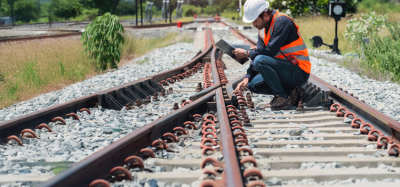National Rail Manufacturing Plan welcomed by Australasian Railway Association
Posted: 9 October 2020 | Global Railway Review | No comments yet
The ARA has welcomed the policy that will support a strong Australian rail manufacturing sector and strengthen the supply chain.


The Australasian Railway Association (ARA) has welcomed the Federal Opposition’s National Rail Manufacturing Plan in its budget reply.
ARA‘s Chief Executive Officer, Caroline Wilkie, said that a national focus was essential to strengthen the Australian rail supply chain as the industry prepared for significant growth over the coming decades.
“Rail manufacturers currently have to navigate a very fragmented market to address different approaches between state and territories. This severely limits the industry’s ability to gain the scale it needs to create efficiencies and foster more innovation in the Australian market. Policies that support a strong Australian rail manufacturing sector will ultimately lead to better deals for governments and create more jobs in the process,” she said.
The ARA released a new tendering framework earlier in 2020, calling for a national approach to rail procurement to overcome the significant challenges that state-specific local content policies create.
The rolling stock manufacturing and repair industry generates $2.4 billion in Australia and adds $515 million in value to other industries such as construction, property, finance and technical services. It employs more than 4000 people, half of which are located outside of metropolitan areas.
Rolling stock manufacturing and assembly capability exists across Australia, including in Cardiff and Broadmeadow in New South Wales; Dandenong, Ballarat and Newport in Victoria; Maryborough in Queensland; and East Perth in Western Australia.
Caroline said that the ARA was currently engaging with state governments on building better consistency into rolling stock and signalling tenders. The Opposition’s proposal to support a strong rail innovation culture in Australia was also welcomed.
“Investment in R&D and innovation leads to a better infrastructure network for Australians and improved efficiencies for industry. Government and industry must work together to advance rail technology and innovation adoption, based on clear policy settings that provide the certainty needed for long term investment,” Caroline concluded.
Related topics
Rolling Stock Maintenance, Rolling Stock Orders/Developments, The Supply Chain, The Workforce







